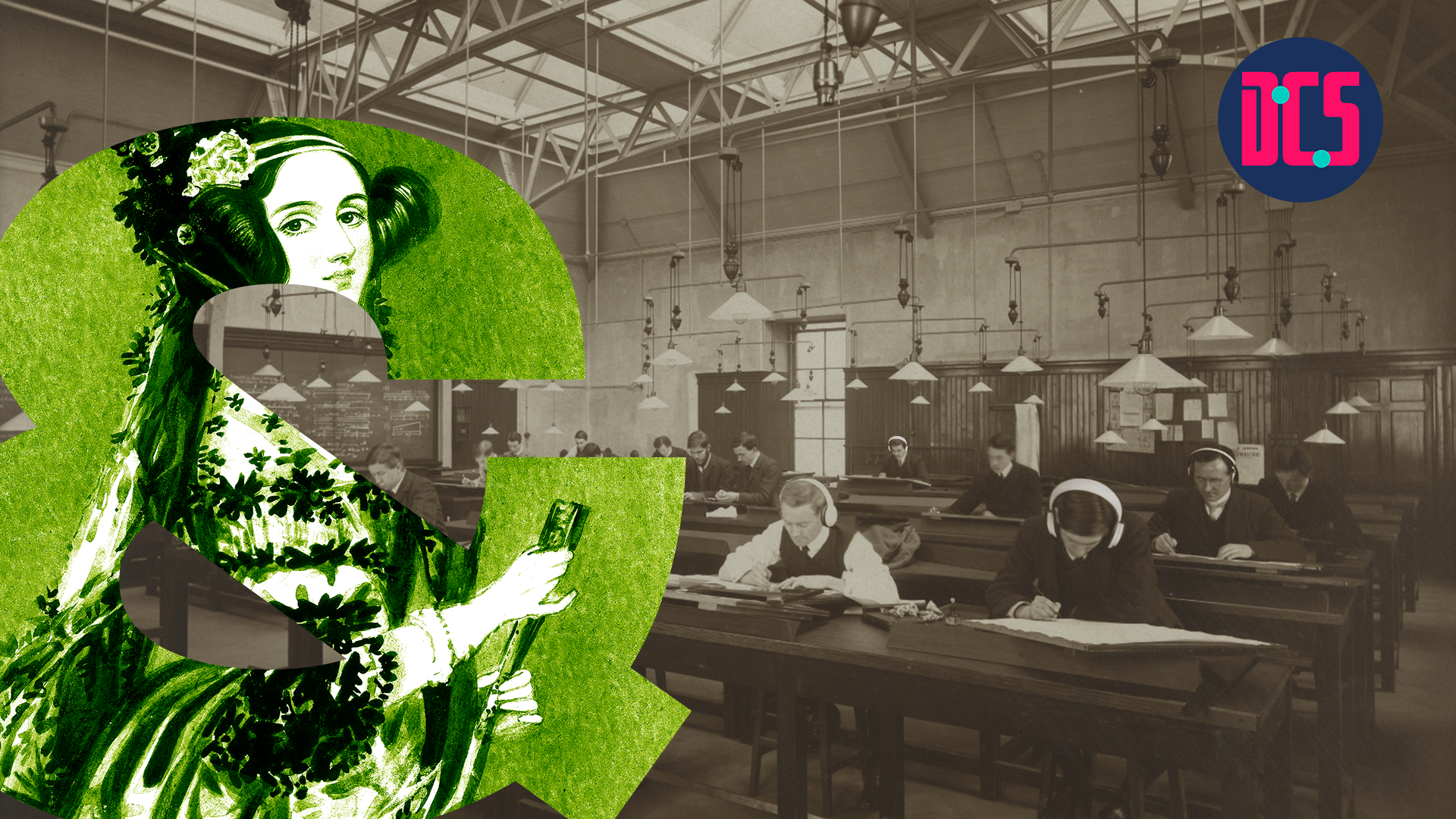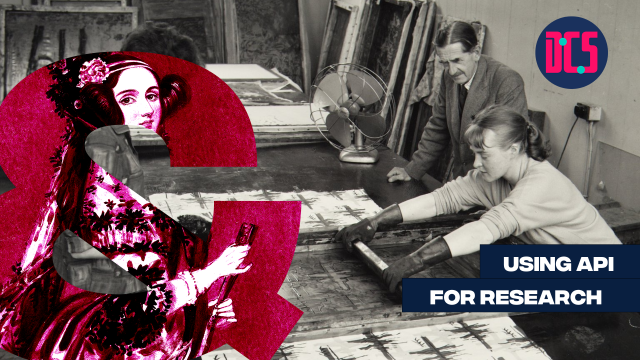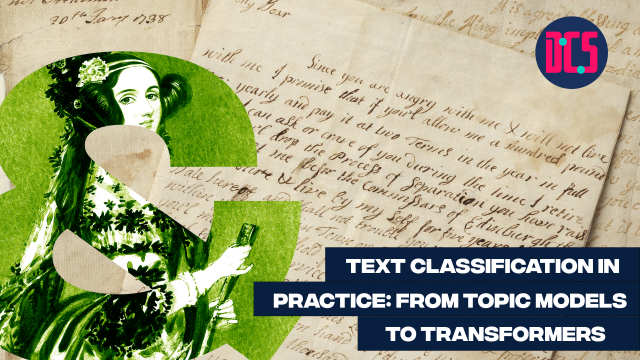Silent Disco: Introduction to Markdown

Online
Our 'Silent Disco' workshops are based on tutorials from the Programming Historian website. This training event will follow content from the tutorial Getting stared with Markdown .
In this lesson, you will be introduced to Markdown, a plain text-based syntax for formatting documents. You will find out why it is used, how to format Markdown files, and how to preview Markdown-formatted documents on the web.
The workshop will take place via Microsoft Teams in a ‘Silent Disco’ format. Participants will work on the tutorial at their own pace. The facilitator will be available via Teams Chat to reply to any questions that arise during the workshop, and to help with installation, troubleshooting or other issues.
This is a beginner level workshop. No previous knowledge on the topic is required/expected and the trainer will cover the basics of the method.
To attend this course, you will have to join the associated Microsoft Teams group. The link to join the group will be sent to attendees prior to the course start date, so please make sure to do so in advance.
After taking part in this event, you may decide that you need some further help in applying what you have learnt to your research. If so, you can book a Data Surgery meeting with one of our training fellows.
More details about Data Surgeries.
If you’re new to this training event format, or to CDCS training events in general, read more on what to expect from CDCS training. Here you will also find details of our cancellation and no-show policy, which applies to this event.












